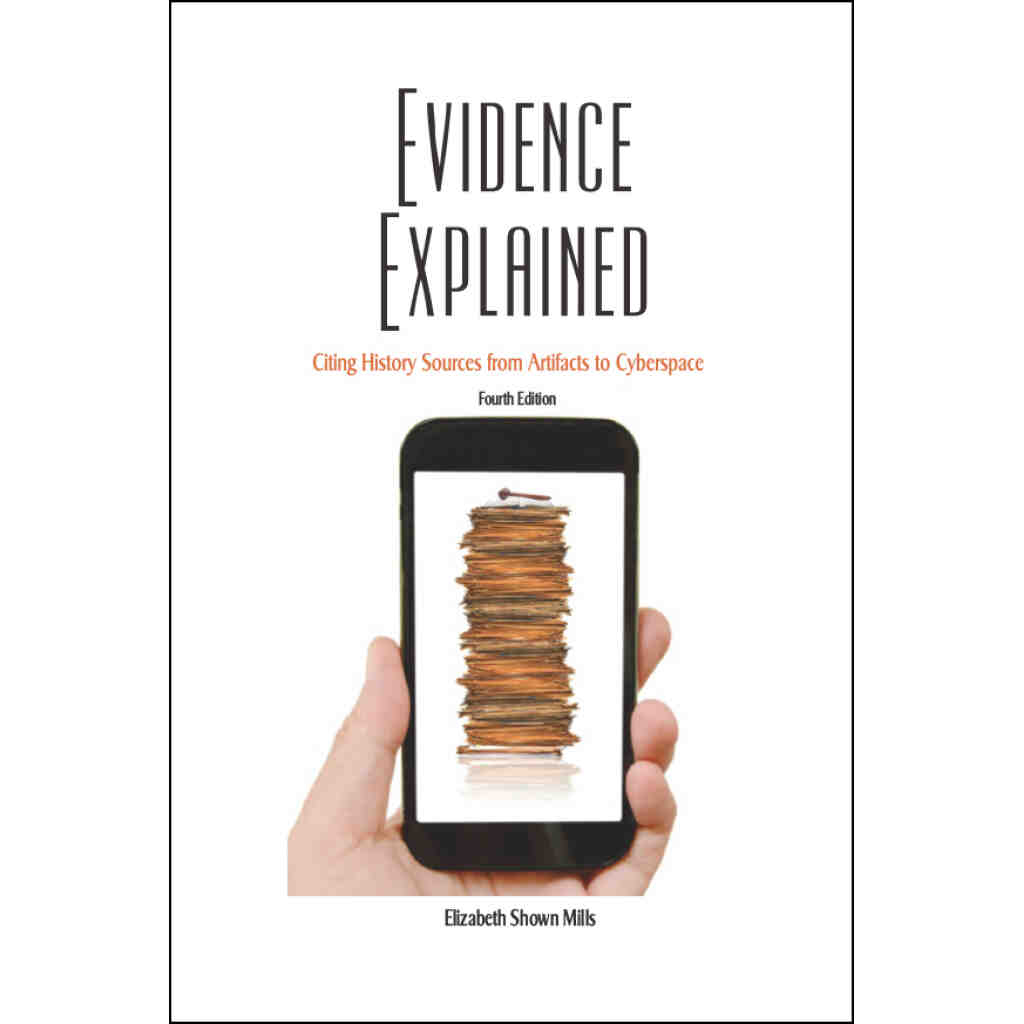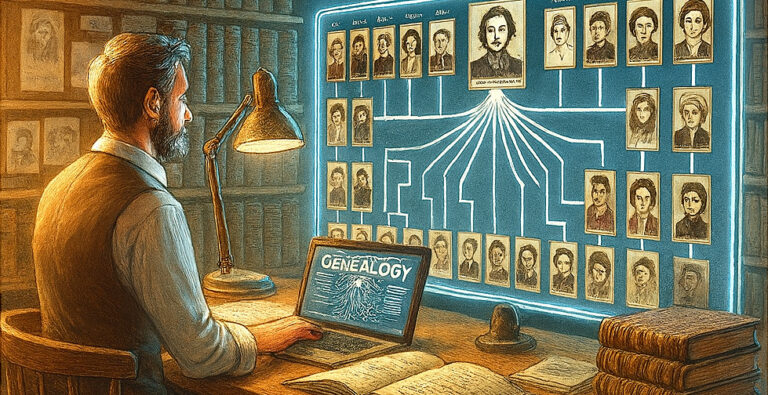
Citation Tips: Three Simple Rules to Guide Us, by Elizabeth Shown Mills, CG, CGL, FASG
To celebrate the release of the new fourth edition of Evidence Explained: Citing History Sources from Artifacts to Cyberspace, author Elizabeth Shown Mills offers guidance drawn from the new edition. This is the first in our four-part series.
Basic Rule 1: We Cite What We Use
This bit of wisdom is one most of us learn the hard way. Nothing, absolutely nothing, helps to keep a researcher out of trouble more-surely than this. For example:
- If we use an online index to church records, our citation does not cite the church records because we did not use them. We used someone’s index, and it may or may not have read the names and details correctly. That difference matters.
- If we use a published book called Podunk Vital Records, we cite that book. We don’t cite our source as “Podunk Vital Records, Town Clerk’s Office …,” because we have not used the actual vital records. We used someone’s compilation, which not only could err in the extraction process but, as a source type, often includes hints or assertions gleaned from other sources.
- If we use William Whoever’s History of Podunk and we find a quote from John Jumpstreet’s diary that the author has cited, we don’t borrow his citation and cite John Jumpstreet’s diary as though we personally read it. Our source is Whoever’s History of Podunk, to which we would add a statement that Whoever’s note xxx cites “John Jumpstreet’s Diary.”
Basic Rule 2: The Common Knowledge Rule
Any statement of fact that is not common knowledge must carry its own individual statement of source. Distinguishing common knowledge from a statement that needs documenting is mostly a matter of common sense. If we state that the Battle of the Bulge began on 16 December 1944, no citations are needed to attest to the validity of that statement or to help others locate information about the event, because details about the battle are ubiquitous. However, a statement that a certain obscure infantryman was killed by enemy fire in the course of that battle would require a citation to a reliable source.
Basic Rule 3: The Velcro Principle—What’s Meant to Stick Together Should Stick Together
Velcro? Yes. Images of that sticky two-part tape, with hooks on one part and loops on the other, help us with our citations. Modern research is often online research. That usually involves citing two different entities for one piece of information: (1) The original source that provided the information and (2) the website that delivered the image. For clarity, we usually cite each in a different layer. The Velcro Principle Reminds us that all details belonging to each of them must stick together. Details from one should not be mixed with details from the other. For example:
- An imaged document may display an original page number, while the website’s frame around that image may state an image number. The number of the image created by the website cannot be used in place of the document’s own page number, or vice versa.
- The title of the website’s database can never be substituted for the record title in the layer that identifies the record. Any user’s effort to find that database title within the original record set would fail, because the website’s database title will not exist within the original record set.
Three simple rules. Using them will change our lives as researchers, preventing a host of problems that we don’t anticipate and can rarely fix easily once they occur.




